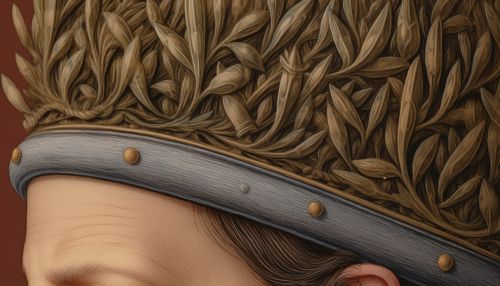Male pattern baldness
Introduction
Male pattern baldness, also known as androgenetic alopecia, is a common form of hair loss in men. It is characterized by a receding hairline and thinning of hair on the crown and temples. This condition is believed to be caused by a combination of genetic and hormonal factors.
Causes
The primary cause of male pattern baldness is genetics. It is an inherited trait that can be passed down from either parent. The condition is linked to the presence of certain genes on the X chromosome, which men inherit from their mothers. However, recent studies have suggested that genes on the Y chromosome, which men inherit from their fathers, may also play a role.
Hormonal factors also contribute to male pattern baldness. The condition is associated with androgens, which are male sex hormones that play a role in regulating hair growth. An enzyme called 5-alpha-reductase converts testosterone, the primary male sex hormone, into dihydrotestosterone (DHT). DHT binds to receptors in hair follicles, causing them to shrink and eventually stop producing hair.
Symptoms
The first sign of male pattern baldness is typically a receding hairline. This is followed by thinning of the hair on the crown and temples, which can eventually lead to complete baldness on the top of the head. The pattern of hair loss is typically symmetrical.


Diagnosis
Diagnosis of male pattern baldness is usually based on the pattern of hair loss and family history. In some cases, a dermoscopy may be used to examine the scalp and hair follicles. This can help to rule out other causes of hair loss, such as fungal infections or autoimmune diseases.
Treatment
Treatment for male pattern baldness can involve medication, surgical procedures, or a combination of both. The most common medications used are minoxidil (Rogaine) and finasteride (Propecia). Minoxidil is a topical treatment that is applied directly to the scalp, while finasteride is an oral medication that inhibits the production of DHT.
Surgical procedures for treating male pattern baldness include hair transplantation and scalp reduction. Hair transplantation involves removing hair follicles from a part of the scalp where hair is still growing and transplanting them to the bald areas. Scalp reduction is a surgical procedure that involves removing a portion of the bald scalp and stretching the remaining skin to cover the area.
Prevention
While there is no surefire way to prevent male pattern baldness, there are steps that can be taken to slow the progression of hair loss. These include maintaining a healthy diet, avoiding stress, and refraining from hairstyles that pull on the hair, such as ponytails or braids.
